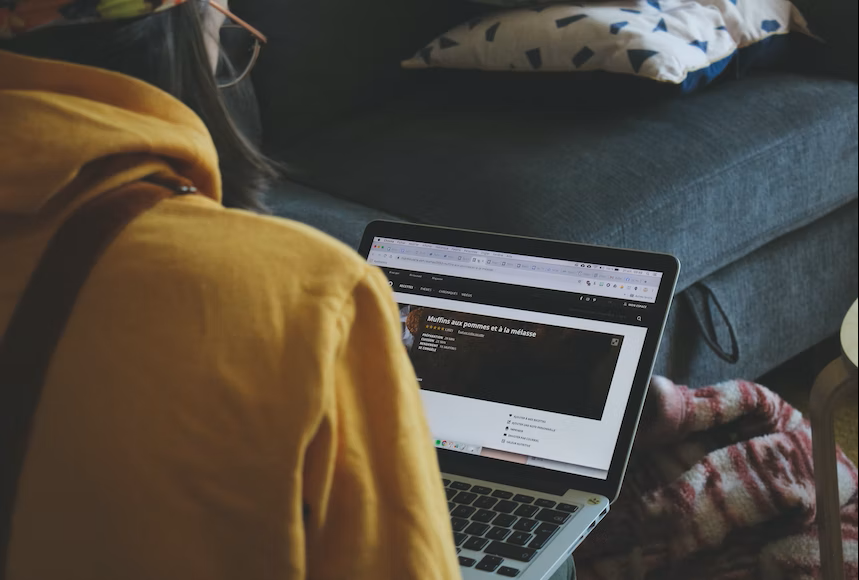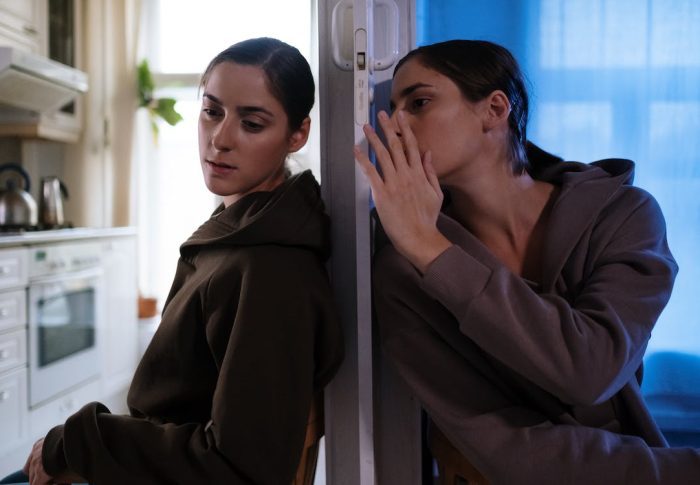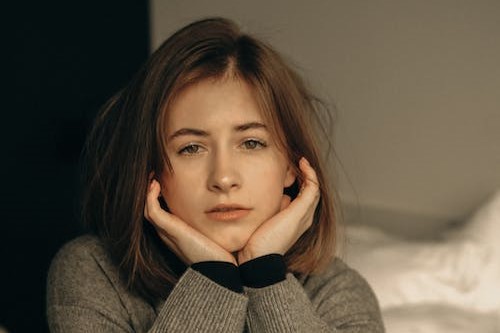
Can a film about eating disorders be made “responsibly”?
Recently, while in conversation about the good, the bad and the ugly of mental health portrayal in film, I said, “although it divided the eating disorder (ED) community, I thought , To The Bone was a good movie”. The person I was speaking to responded saying that they didn’t think it had been made responsibly because it showed eating disordered behaviours. “Fair enough”, I thought, everyone’s entitled to their opinion. Read my thoughts on To The Bone here.
I’ve been reflecting on this and I’m wondering why ED’s are treated differently to other mental illnesses when it comes to portraying behaviours in the media.
There seems to be a fear that ED behaviours can be caught and that if the media gives hits and tips, a “how to…” develop an ED, maybe there’ll be an epidemic. No one thinks that a portrayal of a psychotic episode with someone experiencing a delusion they can fly will lead to an epidemic of teens jumping out of windows, pretending they have bipolar disorder!
I’ll spell it out, if you show someone doing sit-ups, running, counting calories or carrying out food rituals, you’re not going to give anyone ideas about how to get anorexia. If someone is predisposed to anorexia, they will be able to come up with these weight loss schemes all by themselves!

I’m not naive though, I know young people can be influenced by what they see. We are seeing a concerning rise in self harming and we need to consider whether talking openly about these things is making such behaviours seem more acceptable. We’re in a precarious position in trying to raise awareness of all mental illnesses. While we want to normalise discussion of mental illness, it’s important that mental ill health does not become normal!
Of course, there needs to be careful consideration when depicting any illness; there needs to be sensitivity given we’re making other people’s pain into, let’s face it, entertainment.
It is important to recognise these imagines may be triggering for people who are already suffering but there comes a point where it’s your responsibility to decide if you can manage this. The media company can put a warning at the beginning of the content, they can do no more. If someone is in the mood to trigger themselves, there’s plenty of content available.
Of course, care has to be taken when showing particular behaviours to show the reality and not to glamourise it. Anorexia isn’t about getting thin, then getting care and attention. Doing sit ups with a boney spine, you will get painful bruises. I even started to get pressure sores on my buttocks. Also, there’s the everso attractive lanugo – excess hair to keep your body warm. Nothing about eating disorders is pleasant. To The Bone showed the ugly side to eating disorders, the guilt, the shame, the grief, the physical and emotional turmoil, it was not pretty.
If someone has a genetic susceptibility and environmental factors lead to them being on the cusp of an eating disorder, they will not need hits and tips. I, for example, had no media input to my eating disorder, I naturally knew how to lose weight, I cut food out of my diet and I moved more. Food rituals develop as a way to reconcile external pressures with internal turmoil – if I absolutely had to eat in front of someone, if I cut my food into factors of 3, it was more manageable (for example).
If I’d watched a film depicting eating disorders accurately when I was struggling as a teen, I think I would have felt less alone and might have felt able to seek help sooner.
We’re relying in mainstream media to bring the unmentionable and the unexplainable into the open. If they don’t show behaviours, if they gloss over them with clever edits and subtle hints, they’re not giving an accurate portrayal and this would be unhelpful and they’d be criticised. It’s never going to be easy and it’s going to divide opinion but at least we’re talking about it!




